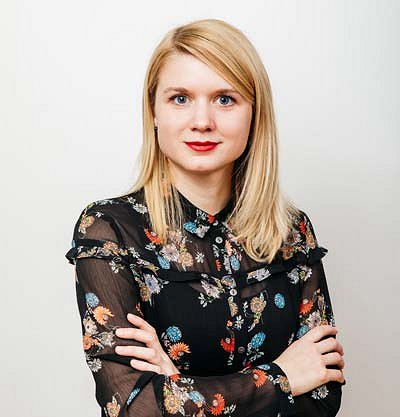Healthy and free – tap water and water from water fountains
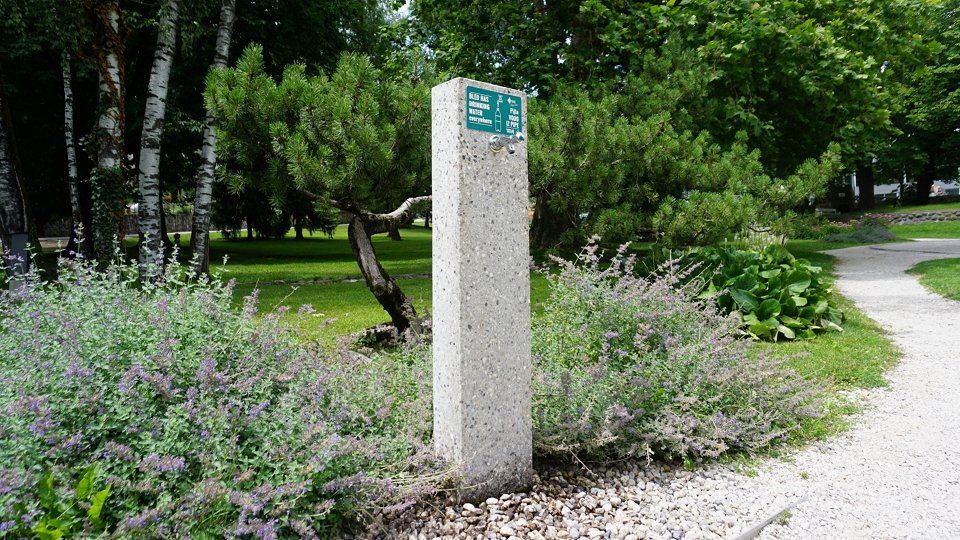 © Maja Pančur
© Maja Pančur
Water has always been extremely important to people since no life can exist without it. Almost 75% of our body's weight consists of water, which also covers 70% of the Earth's surface and gives life to animals and plants. The high number of visitors to Lake Bled which, with an area of 147 hectares and its beauty attracts travellers from near and far, also testifies to the irresistibly attractive power of water resources. Safe drinking water is one of the basic conditions of health, which is why we invite you to enjoy tap water or drink water from the water fountains, which is always fresh, free and accessible.
Tap water in Bled comes from the alpine river of Radovna
Access to healthy and high-quality drinking water is available throughout Slovenia, and the municipality of Bled supplies more than 24,000 citizens and visitors of Bled with water from the alpine river of Radovna, which flows through the eponymous valley of the same name and boasts the gorgeous attraction of the Vintgar Gorge.
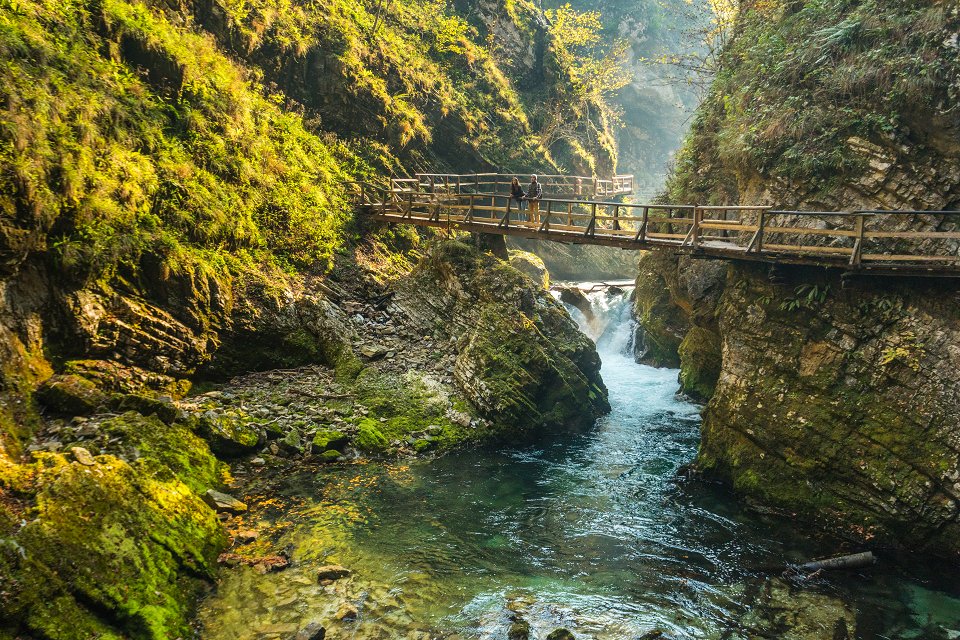
Map of water fountains and regulated public water sources
From April to October, when there is no danger of frost, replenish your bodies with water from water fountains or public water sources in Bled and in the surrounding villages, which provide access to drinking water for everyone. At the same time, water fountains also carry a symbolic message reminding us that in Slovenia, we drink one of the highest quality drinking waters in Europe.
In Bled and its surroundings, you will find 19 water fountains and public water sources. In the centre of Bled, you will find them dispersed around the lake – on the Lakeside promenade, in the Spa park, in Mala and Velika Zaka, on the Rowers’ promenade, in Mlino – as well as in the Bled market, the railway station, the Bledec sports park, the Zazer children's park, on the Seliška cesta road and near the Alpine residential buildings. Access to fresh drinking water is also available in public water sources in the surrounding villages – on the playground in Spodnje Gorje, in Podhom, Bodešče, Koritno and Rečica, as well as in the upper village of Bohinjska Bela.
For more precise locations of the water fountain please see the map below.
Drinking tap water in Slovenia is 225 times cheaper than bottled water
Bottled water is only suitable for use in emergency situations and where drinking water is not available. It takes up to a thousand years for plastic bottles to biodegrade, and they account for approximately 1.5 million tonnes of plastic waste worldwide. Bottled water often contains more bacteria and impurities than tap water, while at the same time also travelling a long way before reaching the consumer.
The tap water that we drink in Slovenia is healthy, accessible, affordable and available in unlimited quantities. It is also the most thirst-quenching, mood-enhancing, headache-relieving, weight-regulating, and positive-thinking aid. In fact, drinking tap water is also the most environmentally friendly way of drinking water, as no unnecessary waste is generated, the quality of tap water is constantly monitored and controlled, and tap water is always fresh.
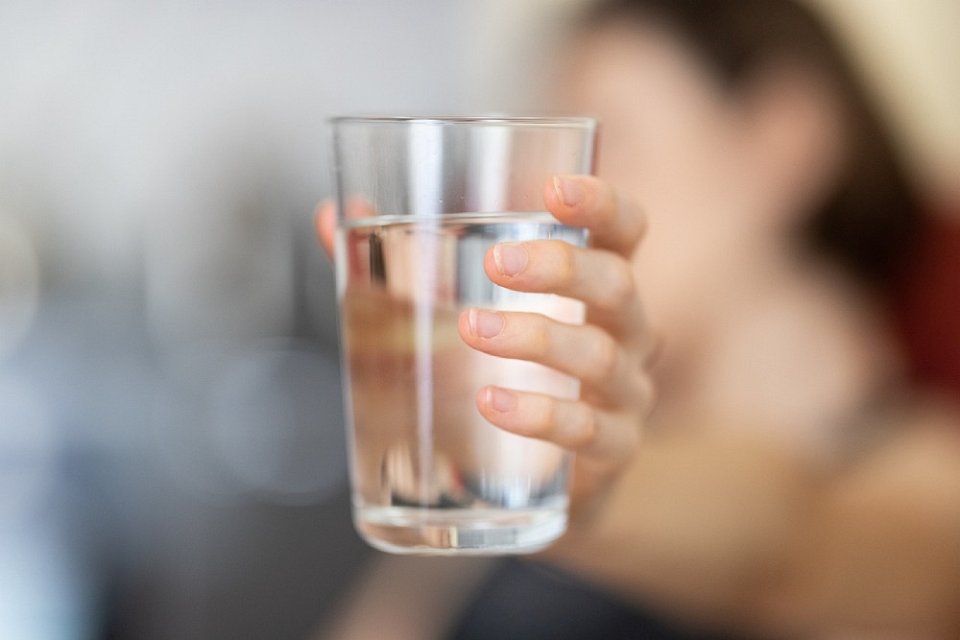 © Pixabay
© Pixabay
Be environmentally conscious and freshen up with tap water
Join us in respecting and protecting nature and the water resources that are available to us: instead of buying water in a bottle, choose a healthy, ecological and free option – tap water.
Water fountains installed around the lake encourage locals, walkers, and visitors to drink free tap water, which can also be poured into one's own container. Water bottles are available for purchase in a few locations in Bled (also in the Triglavska roža Bled Infocentre and Tourist Association Bled), but an alternative suggestion is to pour the water into a glass bottle and recycle it properly after use.
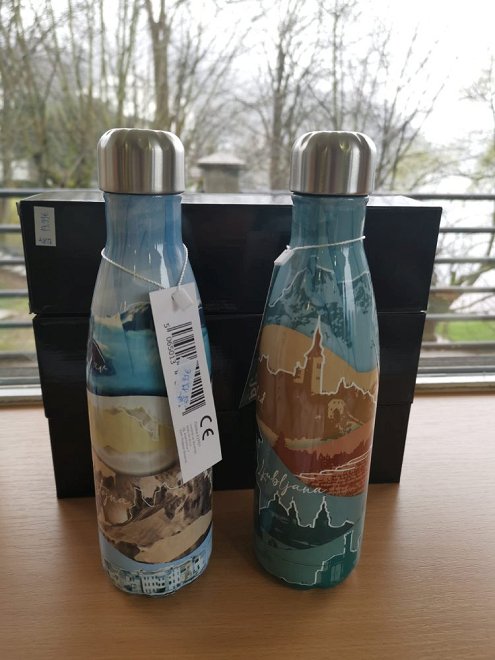
Let's respect nature and water resources, which provide us with a high-quality and healthy life. At the same time, let's remember that the best waste is the one that is not generated and thus does not burden our environment and living space.

